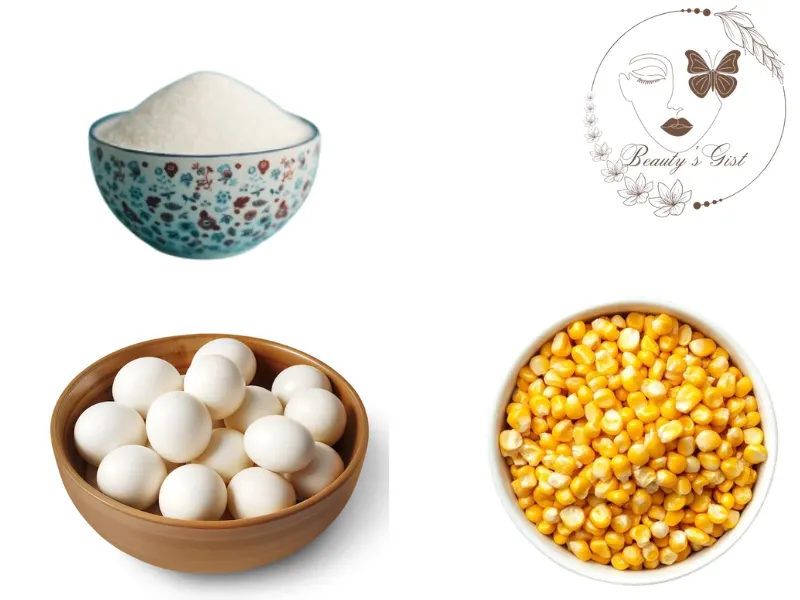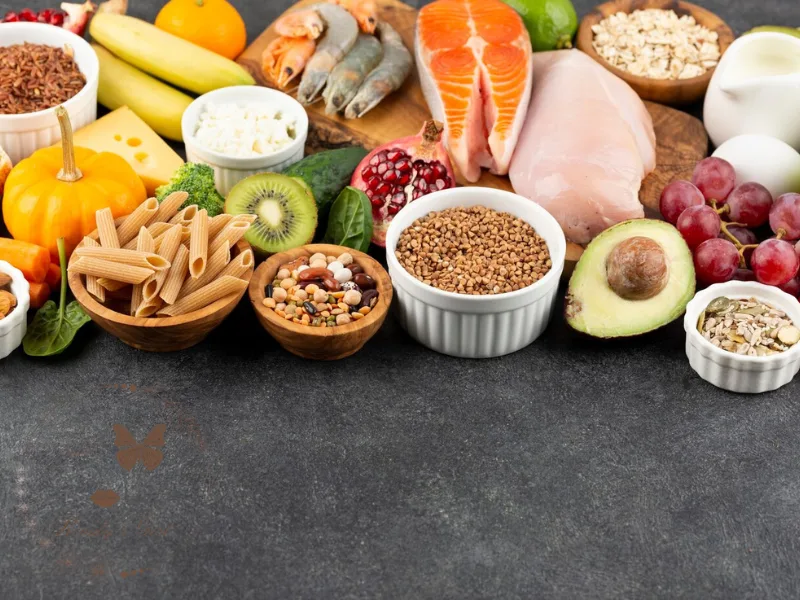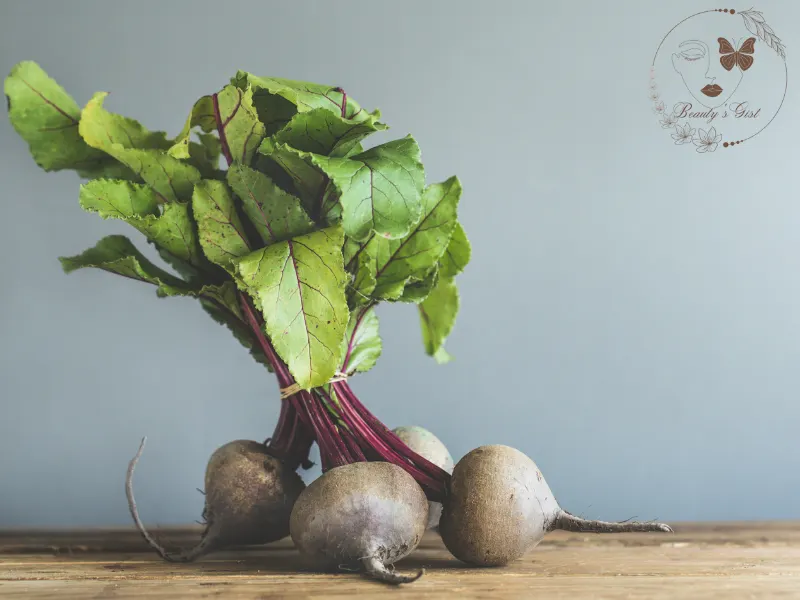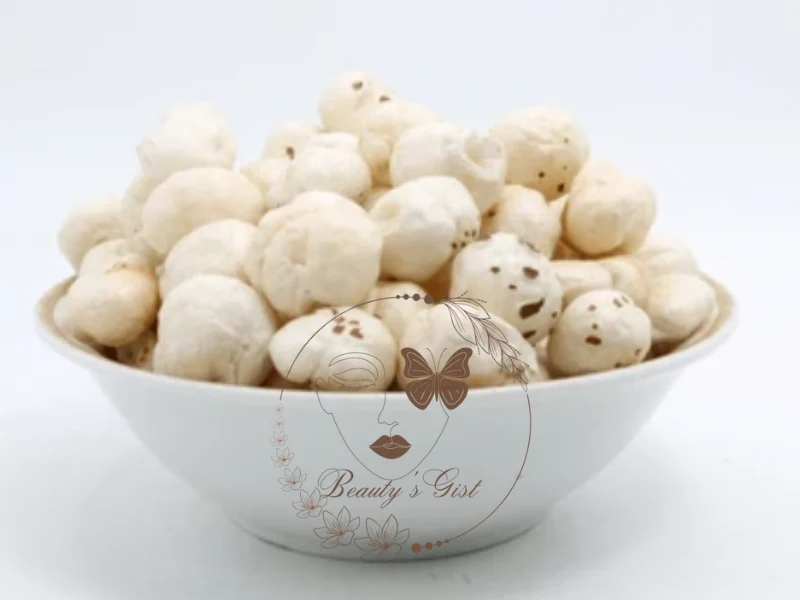When I first found out I was pregnant, a thousand questions ran through my mind—but the biggest one was: “What should I eat to keep my baby healthy?” I wasn’t looking for a complicated plan; I wanted real, doable advice that I could follow every day. Through my journey, I’ve learned a lot—through books, doctors, and some good old trial and error. Here, I’m sharing my personal Pregnancy Diet Tips that worked wonders for me and my baby. Plus, if you’re searching for a 1 to 3 month pregnancy diet chart, I’ve got you covered!
Start with a Balanced Plate – Not Just Cravings!
Yes, cravings are real. I craved mangoes and pani puri like crazy! But I also learned the importance of balance. Every meal should include:
- Protein (like dal, paneer, eggs)
- Whole grains (brown rice, roti)
- Fresh fruits and vegetables
- Dairy (milk, curd)
A balanced meal keeps your energy up and helps your baby grow strong.

Follow a 1 to 3 Month Pregnancy Diet Chart (It Helps!)
During the first trimester, nausea can be brutal. I used a simple 1 to 3 month pregnancy diet chart to stay on track. Here’s a glimpse of what worked for me:
Morning: Soaked almonds + banana
Breakfast: Poha/upma with veggies + milk
Lunch: Roti + sabzi + dal + rice + curd
Evening: Fruit bowl or coconut water
Dinner: Khichdi or light roti-sabzi
Before Bed: A glass of warm milk
This routine helped ease my nausea and kept me energized.
Hydration is Key
I underestimated the power of water. But staying hydrated helped with digestion, reduced headaches, and even managed my bloating. I started adding lemon or mint to my water for a fresh twist.
Iron-Rich Foods are a Must
Iron is super important during pregnancy. I added:
- Spinach
- Pomegranate
- Beetroot
- Jaggery (gur)
These boosted my energy and improved my hemoglobin levels.

Don’t Skip Folic Acid
My doctor insisted on this one—and she was right. Folic acid is crucial in the early stages. I included foods like:
- Broccoli
- Citrus fruits
- Lentils
And yes, I also took the prescribed folic acid supplement daily.
Small Meals, More Often
Instead of 3 big meals, I switched to 5–6 smaller ones. This reduced heartburn and kept me from feeling overly full. Think: light breakfast, mid-morning fruit, lunch, evening snack, dinner, and bedtime milk.
Include the Right Fats
Not all fats are bad! I started using ghee in moderation, and included:
- Nuts (especially walnuts and almonds)
- Avocados
- Seeds (like flaxseeds and chia seeds)
These supported my baby’s brain development and kept my skin glowing too!
Trust the Healthy Pregnancy Food List
When in doubt, I referred to a healthy pregnancy food list. These were my go-tos:
- Dairy (milk, paneer, yogurt)
- Fruits (banana, apple, papaya – in moderation)
- Whole grains (oats, roti)
- Leafy greens
- Lentils and legumes
This list became my cheat sheet during grocery shopping!

Limit Junk and Avoid Unsafe Foods
I had to say goodbye (mostly!) to:
- Too much caffeine
- Unpasteurized milk or cheese
- Street food during the first trimester
And I’m so glad I did. It made a big difference in my digestion and immunity.
Listen to Your Body
This is the most important tip. Your body will guide you. There were days I needed extra rest and lighter meals—and I honored that. No guilt. Just gentle care.
Final Thoughts
Pregnancy is a beautiful rollercoaster, and food plays a big role in how you feel and how your baby grows. If you’re starting out and feeling overwhelmed, just begin with small changes. Use a pregnancy diet chart, refer to a healthy pregnancy food list, and remember, you’ve got this.
These tips are based on what worked for me—they’re simple, doctor-approved, and easy to follow. I hope they help you as much as they helped me. ❤️ Let me know if you’d like a printable pregnancy diet chart or meal planner—I’d love to share mine!








